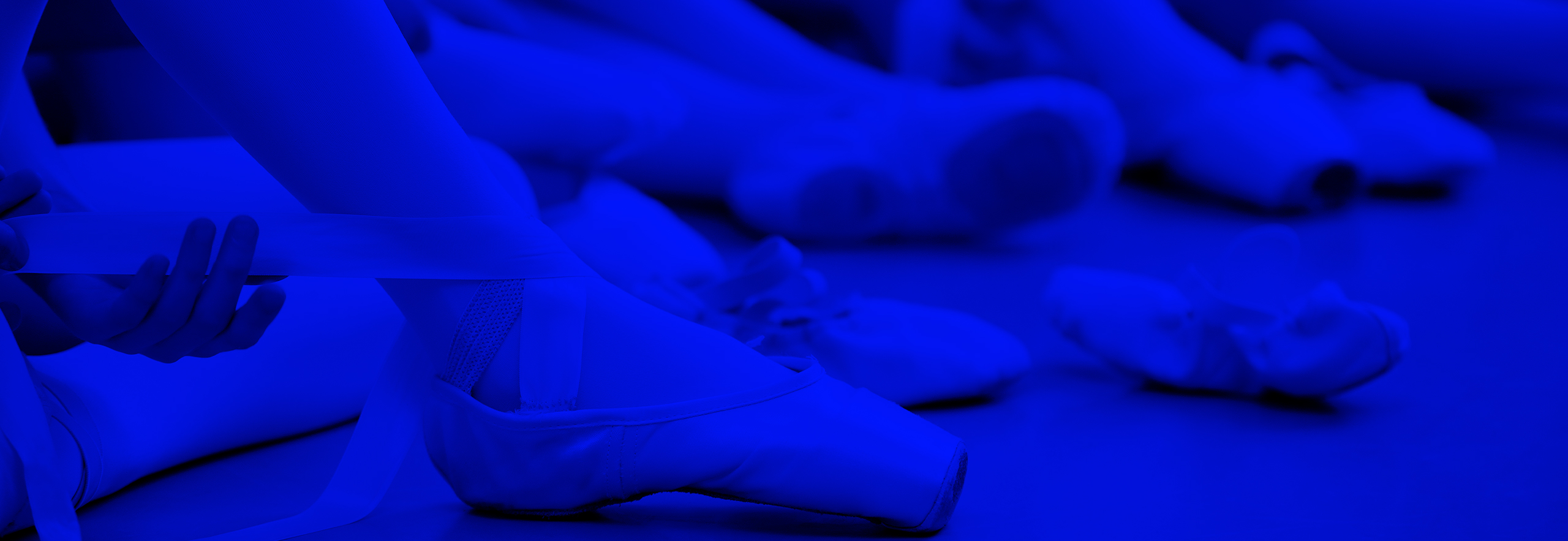What Is Posterior Ankle Impingement?
Posterior ankle impingement is pain at the back of the ankle, deep to the Achilles tendon, that typically occurs when a dancer is on pointe but can also arise with repetitive demi-pointe. It occurs when a soft tissue or bony structure causes pinching at the back of the ankle during forced plantar flexion (when “pointing the toe”). The most common causes of this posterior ankle pain are soft tissue impingement of the Flexor Hallucis Longus tendon or the presence of a bony abnormality (E.g. a Stieda process, or Os Trigonum).
What Causes A Posterior Ankle Impingement? What Are Common Symptoms?
Soft tissue posterior ankle impingement is often due to repetitive loading of the tendons at the back of the ankle through overuse (E.g. gripping the toes, improper activation of muscles in the arch of the foot, forcing pointe) ultimately leading to inflammation around the tendon or development of a tendinopathy. This causes the tendon to take up more space as it passes through the back of the ankle, predisposing it to become pinched.
If the posterior impingement is due to a Stieda process or Os Trigonum (a bony elongation or accessory process at the posterior talus bone), these bony changes physically take up more space which will pinch the back of the ankle.
Common symptoms include:
- Pain with or without tenderness felt deep in the posterior ankle
- Aggravated at end range of exercise on demi-pointe and full pointe
How Can Physiotherapy Help My Posterior Ankle Impingement?
Your physiotherapist will perform a detailed assessment to determine the underlying cause of your posterior ankle impingement symptoms. Based on this assessment, they will determine whether they feel the posterior impingement is due to soft tissue or bony sources, which will guide your treatment program. If an Os Trigonum or Stieda process is suspected, you will be referred to a sports medicine physician for x-rays or an MRI to confirm. Your physiotherapist will also determine which muscles and joints in your foot and ankle contributed to the development of this pain in the first place, and ensure that these factors are addressed, to help with recovery. Treatment may include mobilization of the bones in the foot and ankle, and exercises to strengthen the muscles that control your pointe and arch posture, working towards the optimal muscle patterning and control to eliminate your posterior ankle impingement. You may also be given exercises to address factors in your core and hips that may have contributed to the development of your pain, and instruction to help you achieve proper turnout and control of your pelvis throughout your dance movements.
How Long Does It Take To For Me To Recover From My Posterior Ankle Impingement?
The length of recovery from posterior ankle impingement depends on how long you have been experiencing the pain before seeking treatment. Recovery can range anywhere from 4 weeks to 3 months, so the sooner you address your pain, the better!
What Are The Best Exercises To Help With My Posterior Ankle Impingement Recovery?
The following are some exercises you can use to recover from posterior ankle impingement pain. Please keep in mind that these exercises were designed as a place to start to address your symptoms. These exercises should not be performed or continued if they cause or increase your pain in any way. Using these exercises for self-management of your symptoms does not replace the value of being assessed by a Health Professional. If you find you need help, let a Strive Health Professional help you, book your time today!
What Can I Do To Treat A Posterior Ankle Impingement In The Studio?
- Avoid doing the things that aggravate your symptoms.
- g. if doing pointe work in class is consistently aggravating your ankle pain, it is better to rest for a time, allow any inflammation to settle, and work on your exercises so that you can return pain-free. This will actually get you back on pointe faster than pushing through the pain.
- Avoid end of range activity.
- Taping to restrict terminal range of motion.
- Self-massage, rolling, and stretching the muscles of your calf before class and throughout class as a mini-break between exercises.
- Don’t force your turnout and don’t grip with your toes!
Not Sure If Physiotherapy Is Right For You?
We are here to help! Call us at (416) 486-4776 to book a free 10-minute phone consultation with Grace Underwood, a Physiotherapist who has a passion for dance rehabilitation. She was a dancer like you and so she understands the impact of an injury on your ability to perform. Schedule a time to chat with her to find out if Physiotherapy is right for you.
How Can Massage Therapy Help My Posterior Ankle Impingement?
Massage therapy can help treat your posterior ankle pain by addressing any tight and sore muscles that develop from compensating for your painful ankle. Your registered massage therapist will work on a broad area of muscles contributing to your symptoms, helping to reduce tightness through the calf and hips that may be contributing to your pain. They will communicate with your physiotherapist to ensure both members of your team are working together to help you get back to your normal.
How Can Sports Medicine/Physiatry Help My Posterior Ankle Impingement?
Your sports medicine physician will be able to order imaging such as an x-ray and MRI to definitively rule in or out the presence of any bony changes in the ankle that may be slowing your recovery. In cases where your ankle pain is resistant to conservative management, they can perform injections to eliminate inflammation in the posterior ankle and make referrals to an orthopedic surgeon if necessary.
How Can Physiotherapy Help My Posterior Ankle Impingement?
Your physiotherapist will perform a detailed assessment to determine the underlying cause of your posterior ankle impingement symptoms. Based on this assessment, they will determine whether they feel the posterior impingement is due to soft tissue or bony sources, which will guide your treatment program. If an Os Trigonum or Stieda process is suspected, you will be referred to a sports medicine physician for x-rays or an MRI to confirm. Your physiotherapist will also determine which muscles and joints in your foot and ankle contributed to the development of this pain in the first place, and ensure that these factors are addressed, to help with recovery. Treatment may include mobilization of the bones in the foot and ankle, and exercises to strengthen the muscles that control your pointe and arch posture, working towards the optimal muscle patterning and control to eliminate your posterior ankle impingement. You may also be given exercises to address factors in your core and hips that may have contributed to the development of your pain, and instruction to help you achieve proper turnout and control of your pelvis throughout your dance movements.

Written in 2021 by Danna Epstein Marcus, Registered Physiotherapist
Grace Underwood
BComp (Honours), MSc in Computing, MScPT
Registered Physiotherapist
Grace completed her Master of Science in Physical Therapy at the University of Toronto. Before physiotherapy school she obtained a Bachelor of Computing with a specialization in biomedical applications and a Master of Science in Computing from Queen’s University. After completing her physiotherapy education, she has completed courses in taping and dry needling. Grace is passionate about orthopaedic Physiotherapy and plans to continue her post-graduate education by pursuing courses in manual therapy, acupuncture, and sport physiotherapy.


